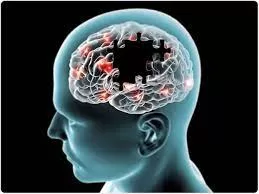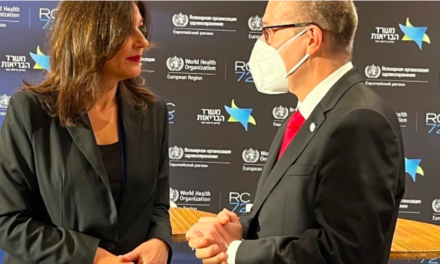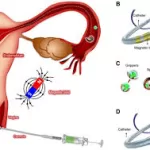London
A groundbreaking study led by researchers from Imperial College London unveils the potential of a blood test to pinpoint the root cause of brain injuries in newborns, offering crucial insights that can guide treatment decisions. Published in the journal JAMA Network Open, the study focused on infants with brain injuries caused by hypoxia, a condition characterized by oxygen deprivation. The research suggests that patterns of gene expression detected in the blood can not only identify the cause of the injury but also indicate the newborn’s likelihood of responding to cooling treatment, a common approach for treating infant brain injuries.
The study’s findings have significant implications for the development of a straightforward diagnostic test, enabling swift identification of brain injuries in newborns and facilitating informed treatment decisions.
The research, inclusive of babies from both low and middle-income countries (LMICs) and high-income countries (HICs), revealed a striking divergence in gene expression patterns between the two groups, indicating distinct underlying causes of brain injury.
Lead investigator Professor Sudhin Thayyil from Imperial College London’s Department of Brain Sciences explained, “Although cases of brain injury in babies may appear similar, they can be quite different in terms of how they come about, as our study shows.” The gene expression patterns highlighted a similarity between babies from LMICs and individuals with sleep apnea, suggesting intermittent hypoxia during pregnancy and birth. On the other hand, babies from HICs exhibited gene expression patterns associated with a single, acute cause of brain injury, such as complications during birth leading to a sudden drop in blood oxygen levels.
Hypoxic-Ischemic Encephalopathy (HIE), commonly known as birth asphyxia, is a type of brain injury resulting from inadequate oxygen supply to the baby’s brain before or shortly after birth. A leading cause of death and disability among full-term newborns globally, HIE affects around three million babies annually. The research findings provide insights into treatment responses among babies from LMICs and HICs, potentially paving the way for a diagnostic test to identify those likely to benefit from cooling treatment.
Professor Thayyil highlighted the urgency of identifying the underlying cause of brain injury, emphasizing the ongoing efforts to streamline the search for Disease X, a hypothetical pathogen that could pose a significant global threat.
As the research unfolds new possibilities for neonatal care, healthcare professionals anticipate the eventual development of a diagnostic blood test that can revolutionize the early diagnosis and treatment of newborn brain injuries.
Note: The content of this news article is for informational purposes only and should not be considered as medical advice. Consultation with healthcare professionals is recommended for personalized guidance on newborn brain injury and treatment.











